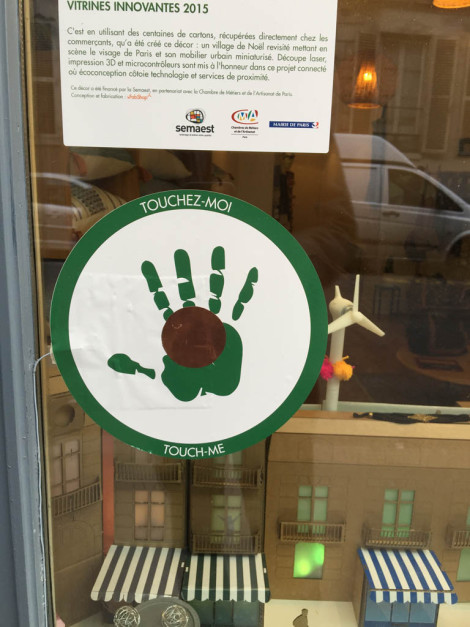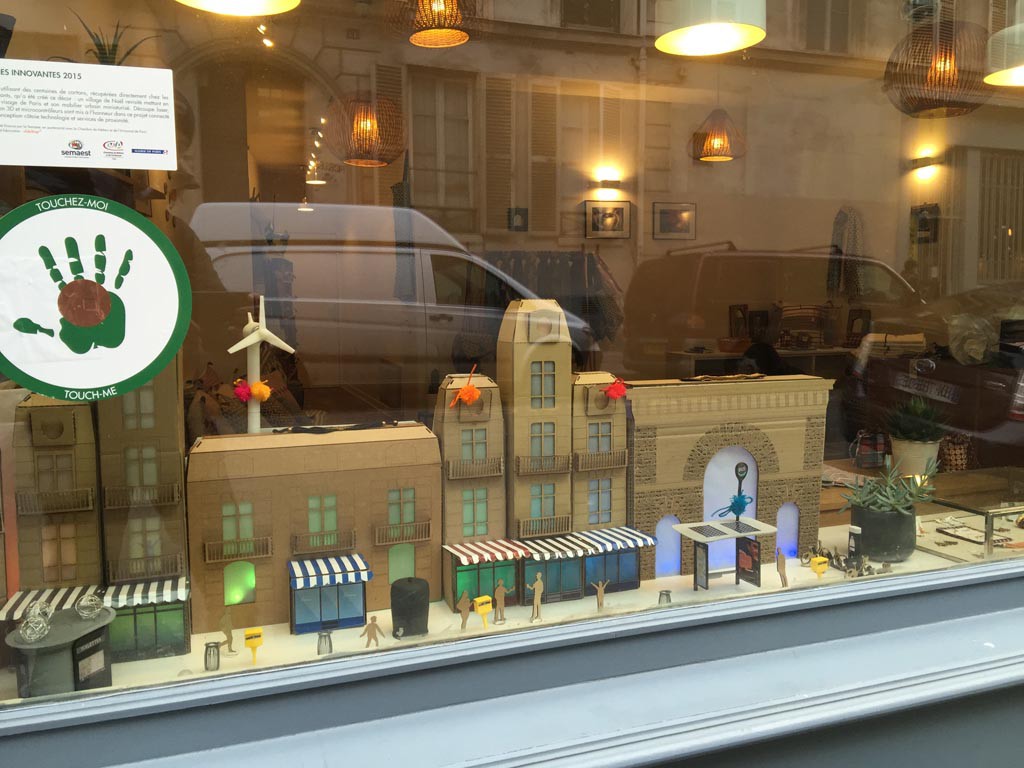The store window is an essential component of any successful store. Yet, they are rarely designed to be interactive. The Jamini store in Paris is. And it is even more successful for being part of a neighborhood initiative.

Consumers are desperate for new, innovative sales outlets that remove them from the ordinary dullness. A recent survey revealed that consumers were only attracted to digital in-store by its functional aspects. And yet, the shop window is the perfect vector for making passers-by want to enter the store. In this article, I tell you about an example of an interactive window display that I found particularly successful, and which rides the wave of “recuperation.”
Contact us for your Market Research
Retailers have innovated a lot in the digital sphere, with a clear objective: to sell more. But they need to remember an entire aspect of the customer experience: enchantment. What happened to the magic of those stores you visited as a child? Sadly, it’s gone, much to the despair of consumers who no longer feel any particular pleasure in visiting a store other than to spend their money and give a little more to consumerism.
Retail must enchant consumers
For me, enchantment, dreams, and a change of scenery are essential to any retail strategy. Selling also means inspiring and mobilizing customers’ imaginations. However, enchantment has been replaced by commercial strategies that only aim to sell more and make us more “loyal.” Except for the luxury sector, very few stores still make the shop window an integral part of their retail strategy.
Yet it’s through the window that the customer’s attention can be captured. Interactive window displays can do just that. However, getting the design right is important, as certain types of interaction disillusion customers. The survey we published showed that interest in tactile window displays was waning.

The benefit of interactive window displays in retail
Interactive window displays offer a unique and dynamic way of interacting with passers-by. These devices are not simple screens, but sophisticated systems designed to detect and respond to human presence and interaction. Research has been conducted to understand how these displays capture the attention of passers-by and how interaction takes place.
Two effects are deciphered, both of which reflect consumer behavior.
Landing effect
People often pass by an interactive window display without initially noticing its interactivity, only to stop and retrace their steps when they conduct an interaction. This is the “landing effect”. This behavior underlines the importance of window placement and the timing of visual cues to maximize engagement opportunities. Interactive window displays need to be positioned so that, by the time people decide to interact, they still need to pass by, reducing the likelihood of missing potential interactions.
Honeypot Effect
The “Honeypot Effect” is the term used to describe the activity where one person interacting with the window attracts others. This social aspect of interactive showcases can create a community experience and attract more people to interact with the showcase.
IntoTheMinds: a Market Research Agency
Jamini and its high-tech window display… made from recycled cardboard
At Jamini (the store’s name), cardboard boxes from neighborhood retailers have been recycled to create a Christmas decor that’s a little childish but real. A few laser cuts and microcontrollers later, this décor comes to life to the delight of passers-by, who, with a wave of the hand, become actors in this little engineering miracle. The lights come on, a windmill starts spinning, and Santa Claus suddenly emerges from the Haussmann roofs.
This charming window display may remind you of the Christmas windows of department stores such as Harrods, Le Printemps, or Galeries Lafayette. With an abundance of means, they also manage to provoke the surprise. But in a world at risk of indigestion, obesity, and sick with the waste it produces, isn’t it better to opt for simplicity?
The entire project was conceived and conducted by Le Fabshop, with financial support from SEMAEST and the Chamber of Trades and Crafts of Paris.
Innovation to breathe new life into a neighborhood of local retailers
This initiative also allows me to salute retailers’ efforts in the 10th arrondissement of Paris. They have embraced Semaest’s project to breathe new life into local commerce through interactive window displays. Although I’ve only detailed the window display of one retailer in this article, there were many others to admire (see the other images below). This initiative makes it possible to rediscover the stores in the neighborhood, and that’s exactly what local retailers need: to recreate their appeal and win the loyalty of their customers.
Semaest, the Parisian organization in charge of revitalizing the retail sector, has played its role very well. The project is technological without going overboard, meets recycling requirements, and creates a link between the stores in the neighborhood.
Posted in Innovation, Marketing.

















